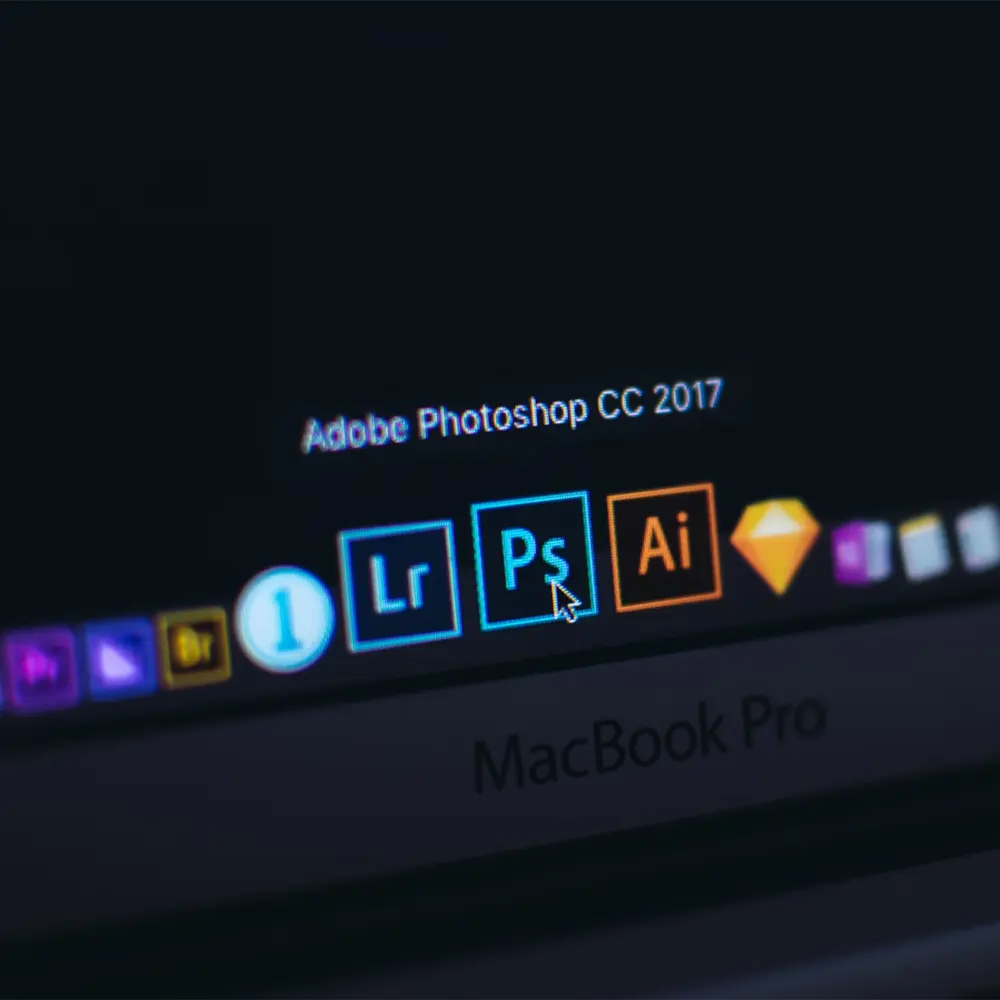
Essential Website Design Software: Must-Have Tools
Creating a visually stunning and functional website requires the right set of tools. From graphic design to coding, each aspect of website development demands specialised software. In this article, we’ll explore essential website design software that every designer should have in their toolbox.
1. Graphic Design Software
Graphic design software is essential for creating visually appealing elements such as logos, banners, and illustrations. Adobe Photoshop and Adobe Illustrator are industry-standard tools that offer a wide range of features for graphic design professionals. From photo editing to vector graphics creation, these tools provide the flexibility and versatility needed to bring creative visions to life.
2. Web Development Frameworks
Web development frameworks streamline the process of building and maintaining websites by providing pre-built templates, components, and tools. Popular frameworks like Bootstrap and Foundation offer responsive design templates, CSS components, and JavaScript plugins that help designers create mobile-friendly and visually consistent websites efficiently.
3. Code Editors
Code editors are essential for writing and editing the HTML, CSS, and JavaScript code that powers websites. Text editors like Sublime Text, Visual Studio Code, and Atom provide features such as syntax highlighting, auto-completion, and code formatting, making it easier for developers to write clean and error-free code.
4. Content Management Systems (CMS)
Content Management Systems (CMS) simplify the process of creating and managing website content without the need for extensive coding knowledge. Platforms like WordPress, Joomla, and Drupal offer user-friendly interfaces, customizable themes, and a wide range of plugins and extensions that enable designers to build dynamic and scalable websites with ease.
5. Prototyping Tools
Prototyping tools allow designers to create interactive mockups and prototypes of websites and web applications before development begins. Tools like Adobe XD, Sketch, and Figma enable designers to design, prototype, and collaborate on projects in a visually intuitive and efficient manner, helping to streamline the design process and gather valuable feedback from stakeholders.
6. Performance Testing Tools
Performance testing tools are essential for evaluating the speed, responsiveness, and overall performance of websites. Tools like Google PageSpeed Insights, GTmetrix, and WebPageTest analyze website performance metrics and provide recommendations for optimizing loading times, reducing server response times, and improving user experience.
7. Version Control Systems
Version control systems enable developers to track changes to code and collaborate on projects with ease. Git, a distributed version control system, is widely used in the web development community for managing code repositories, tracking changes, and facilitating collaboration among team members.
Conclusion
Essential website design software is indispensable for designers and developers looking to create visually stunning, user-friendly, and high-performance websites. By leveraging the right tools for graphic design, web development, prototyping, and performance testing, designers can bring their creative visions to life and deliver exceptional online experiences to users.
